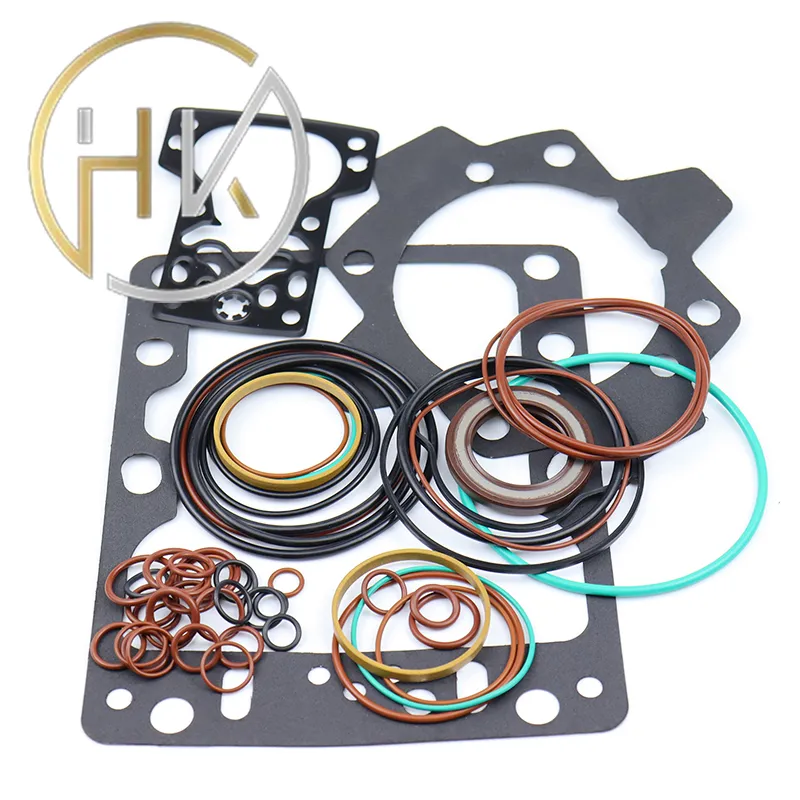Sep . 22, 2024 07:59 Back to list
oil seal for pump
Understanding Oil Seals for Pumps Importance and Functionality
Oil seals, also known as radial shaft seals, play a crucial role in the functionality and longevity of pumps across various industries. These seals are designed to prevent the leakage of lubricating oils, fluids, and contaminants from entering or exiting the pump, ensuring optimal performance and extending the lifespan of the equipment.
The Importance of Oil Seals in Pumps
Pumps are integral components of many industrial applications, from chemical processing to water distribution. They are designed to facilitate the movement of liquids, and in doing so, rely heavily on oil lubrication to reduce friction between moving parts. This is where oil seals come into play. Without effective sealing, oil would leak out, leading to inadequate lubrication, increased wear and tear on the moving components, and ultimately, pump failure.
Moreover, oil seals help protect the internal components of the pump from contaminants, such as dirt, dust, and other foreign particles. These contaminants can cause serious damage to the pump’s internals, leading to premature wear or even catastrophic breakdowns. Therefore, the integrity of oil seals is paramount in maintaining the functionality and efficiency of pumps.
Types of Oil Seals
Oil seals vary in design, material, and functionality, depending on the specific application and type of pump involved. Common materials used for oil seals include rubber, silicone, and polyurethane. Each material offers different properties in terms of temperature resistance, flexibility, and chemical compatibility.
Some of the most common types of oil seals used in pumps include
oil seal for pump

1. Single Lip Seals These are the most basic design, featuring a single sealing lip that creates a contact surface with the rotating shaft. 2. Double Lip Seals These seals have an additional lip that offers extra protection against outside contaminants, making them ideal for harsher environments.
3. Spring Energized Seals These seals utilize a spring to maintain constant pressure on the sealing lip, enhancing their sealing capability, especially in high-pressure applications.
Each type of seal is tailored to meet the specific needs of different pumping applications, ensuring reliable performance and durability.
Maintenance and Replacement
Regular inspection and maintenance of oil seals are crucial for the uninterrupted operation of pumps. Over time, seals can wear out due to exposure to heat, pressure, and abrasive contaminants. Signs of a failing oil seal include visible leaks, increased noise, and reduced pump efficiency.
When replacing oil seals, it is essential to use the correct type and size for the specific pump model. Utilizing OEM (Original Equipment Manufacturer) parts or high-quality substitutes can significantly reduce the risk of leaks and failures.
Conclusion
In summary, oil seals are critical components that ensure the efficient performance of pumps by preventing leaks and protecting against contaminants. Selecting the appropriate type of oil seal for a specific application, coupled with regular maintenance, can enhance the reliability and longevity of pump systems. By understanding the function and importance of oil seals, industries can mitigate the risks of downtime and costly repairs, ensuring smooth and efficient operations.
-
TCN Oil Seal Metal Ring Reinforcement for Heavy Machinery
NewsJul.25,2025
-
Rotary Lip Seal Spring-Loaded Design for High-Speed Applications
NewsJul.25,2025
-
Hydraulic Cylinder Seals Polyurethane Material for High-Impact Jobs
NewsJul.25,2025
-
High Pressure Oil Seal Polyurethane Coating Wear Resistance
NewsJul.25,2025
-
Dust Proof Seal Double Lip Design for Construction Equipment
NewsJul.25,2025
-
Hub Seal Polyurethane Wear Resistance in Agricultural Vehicles
NewsJul.25,2025
-
The Trans-formative Journey of Wheel Hub Oil Seals
NewsJun.06,2025
Products categories
















